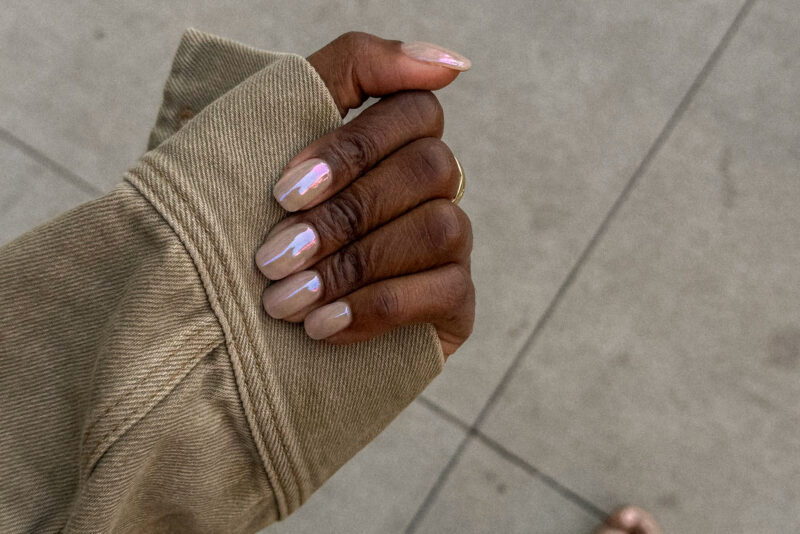[ad_1]

Dear Cheapskate: Would you please explain how making double mortgage payments works to reduce the principal? — Stephanie
Dear Stephanie: Sure! Let’s say you have these loan terms: $150,000 principal at 6% interest for 15 years. Your monthly payments are $1,265.78.
You are about to make your first monthly payment. If you asked for an amortization schedule, you know that payment will be allocated $750 to interest, and $515.78 to the principal.
After you make your first double payment, your new principal balance is $149,484.21, because the entire $1,265.78 of your second payment went toward reducing the principal balance or for “principal prepayment.”
Typically, the terms of a home mortgage allow you to make any amount of additional principal payment during the month once you have paid the payment and interest due. It doesn’t have to be a full payment. (Don’t assume anything, though. Check the terms of your mortgage.)
Just for fun, I ran the numbers with you making double payments every month using the example figures above. You might think that cuts everything in half. But the results are far more dramatic.
You would pay that 15-year mortgage in 6 years, 11 months and slash the total interest you would have paid over 15 years ($77,841.93) to only $28,336.77. That’s the power of prepaying the principal.
I highly advise that when making a principal prepayment, you make two separate payments and write in the memo area of the second: “Principal Prepayment Only.” Then, trust but verify. Once the payments have been processed, check to make sure that second payment did in fact go in its entirety to reduce the principal balance.
Should you ever want to make several regularly scheduled interest-and-principal payments ahead of time because you’ll be going out of the country or for some other reason you need to pay your bills in advance, be sure your mortgage company knows without any doubt that you are making your payments “ahead.” Otherwise, they could use them to prepay the principal, leaving your regular payments due while you are gone.
You don’t want to arrive home to a foreclosure notice.
Dear Cheapskate: I am going to open a new checking account at a new bank. I’m tired of getting nickeled and dimed to death with fees where I am now. What should I be looking for in a good checking account? — Sylvia
Dear Sylvia: Great question. Here’s the minimum you should expect:
— No monthly fee.
— A low required balance to maintain free checking.
— Free checks and check writing.
— Online access to your account statements for no fee.
— Free online bill pay for at least 15 transactions per month.
— FDIC insurance on deposits (or NCUA if it’s a credit union).
A simple way to find a bank that offers fee-free checking accounts is to go to Bankrate (bankrate.com) and type “free checking accounts” in the search bar. You can even compare rates and offers to find the best bank deal. I have used Bankrate for many years and continue to find this site to be a gold mine of reliable information. Hope that helps!
[ad_2]










